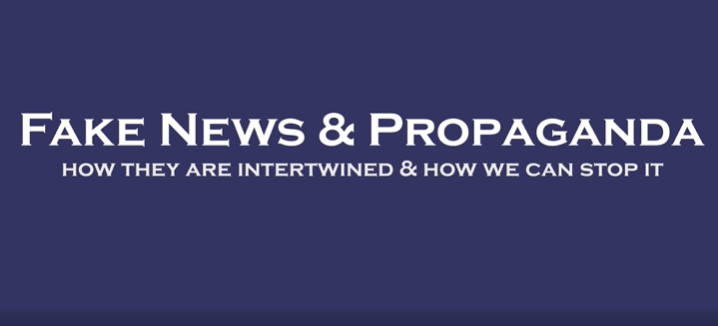For the second project in my Visual Design class, I made an animated infographic about fake news, propaganda, and the role that social media platforms and news outlets have in spreading misinformation. Down below you can see the planning phases such as the storyboard, the final product, and a list of the resources I used to find the information presented in the video if you’re interested.
The biggest flaw in my video has to be the fact that each scene goes too fast to read. I’ve presented too much information when I knew the video could only be up to 30 seconds. In hindsight I should have probably narrowed down which two topics I wanted to focus on, though that may have proved difficult to do because we all needed six different resources of information to cite for this project. I guess you could just pause the video if you have to. Despite this, making this infographic was good experience. I learned how to use Adobe After Effects and the Media Encoder while making this project, and I had some more experience with Adobe Illustrator, which I’m starting to really like.
Resources of This Infographic:
- Benkler, Yochai, et al. Network Propaganda: Manipulation, Disinformation, and Radicalization in American Politics. Oxford University Press, 2018.
- Doob, Leonard W. Propaganda: Its Psychology and Technique. Henry Holt and Company, Inc., 1935.
- Kiely, Eugene, and Lori Robertson. “How to Spot Fake News.” FactCheck.org, 11 May 2020, www.factcheck.org/2016/11/how-to-spot-fake-news/.
- Levesque, Connor. “Deepfakes Explained: What, Why and How to Spot Them.” Lexalytics, 22 Nov. 2019, www.lexalytics.com/lexablog/deepfakes-explained-what-why-how-to-spot.
- Nagler, Christina. “4 Tips for Spotting a Fake News Story.” Harvard Division of Continuing Education Blogs, 23 Jan. 2017, blog.dce.harvard.edu/summer/4-tips-spotting-fake-news-story.
- Pomerantsev, Peter. This Is Not Propaganda. PublicAffairs, 2019.






